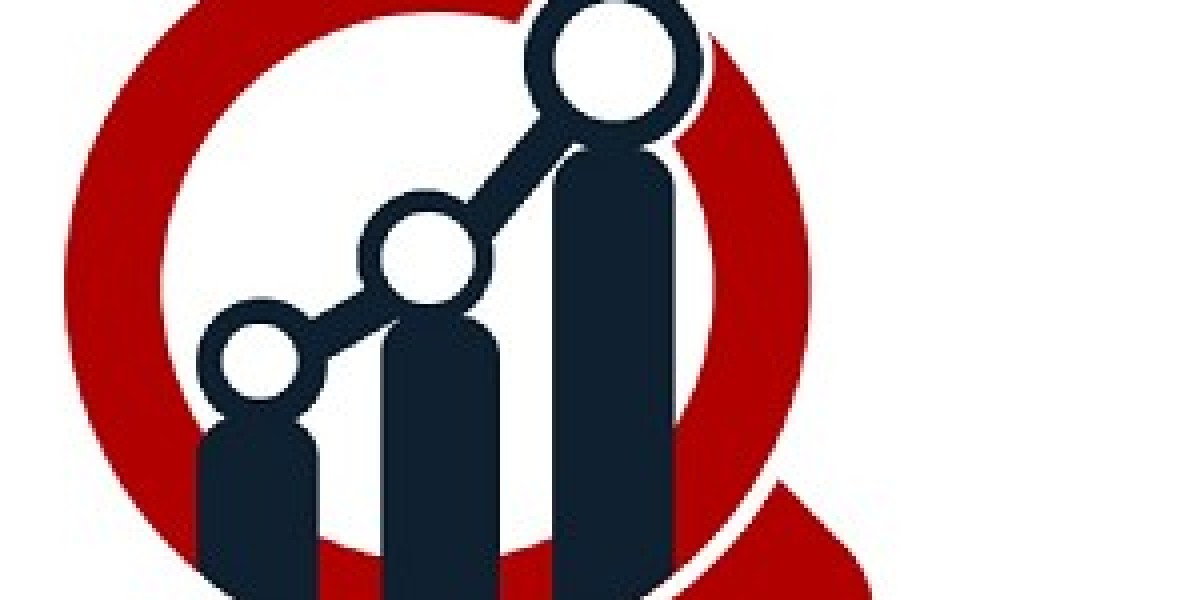Market Overview
The Germany LED lighting market size was USD 3.6 Billion in 2024. The market is projected to reach USD 8.6 Billion by 2033, growing at a CAGR of 9.31% during the forecast period from 2025 to 2033. Growth is driven by rising energy efficiency initiatives, significant technological advancements, increasing consumer awareness of environmental benefits, declining LED prices, and government regulations promoting eco-friendly lighting. For more information, visit the Germany LED Lighting Market (.
Study Assumption Years
- Base Year: 2024
- Historical Year/Period: 2019-2024
- Forecast Year/Period: 2025-2033
Germany LED Lighting Market Key Takeaways
- The market size in 2024 was USD 3.6 Billion.
- The market is expected to grow at a CAGR of 9.31% during 2025-2033.
- The forecast period for the market analysis is 2025-2033.
- Government and industry-driven energy efficiency initiatives boost demand for LED lighting, such as the Energy Efficiency Act aiming for a 26.5% energy cut by 2030 from 2008 levels.
- Technological innovations like Marelli and ams OSRAM’s h-Digi® microLED module improve LED performance and affordability.
- Notable expansions include ams OSRAM’s LED retrofit lamps and Signify’s intelligent street lighting solutions for smart cities.
- Declining LED prices combined with growing environmental consciousness accelerate market growth.
Sample Request Link: https://www.imarcgroup.com/Germany-LED-Lighting-Market/requestsample
Market Growth Factors
Energy efficiency regulations drive the Germany LED lighting market. In September 2023, the Germany Bundestag, or lower chamber of parliament, passed legislation requiring buildings and businesses in all sectors including public buildings, industry, and data centers to save energy. The Energy Efficiency Act targets reducing energy consumption through 26.5% by 2030 relative to 2008 to combat climate change and reduce reliance on imported fossil fuels. During the September 2022 fuel price increase, previous measures asked employers and the public to save energy causing LED lighting demand growth.
In Germany, New technologies are making LEDs increasingly attractive. In July 2023 Marelli and ams OSRAM unveiled an h-Digi® microLED module, a modular headlight technology for automotive front lighting that makes it possible to use adaptive, dynamic headlights, for example, pairing them with camera-based driver assistance systems. This inexpensive multipixel LED technology is in series production and has greatly expanded its application to other vehicle classes.
Growing environmental concerns, supportive government policies, and falling LED prices are leading to more and more global adoption. Furthermore, systemic initiatives such as street approved LED retrofit lamps launched by ams OSRAM and smart city lighting projects by Signify are giving an increase to the market. These trends are driving consumer and commercial LED lighting growth in Germany.
Market Segmentation
Product Type:
- LED Lamps and Modules: Covers individual LED lamps and modules used in various lighting applications, recognized for energy efficiency and long life.
- LED Fixtures: Includes complete LED fixture units incorporating multiple LED components designed for diverse environments and applications.
Installation:
- New Installation: Comprises installation of LED lighting in new construction projects or premises.
- Replacement: Encompasses retrofitting and replacing existing lighting systems with LED solutions.
Application:
- Residential: LED lighting applications within homes and residential communities.
- Outdoor: LED solutions designed for exterior spaces including streets and public areas.
- Retail and Hospitality: Lighting used in retail stores, hotels, restaurants, and other hospitality venues.
- Offices: LED lighting systems installed in commercial office buildings.
- Industrial: Lighting tailored for industrial facilities and manufacturing plants.
- Architectural: Specialized LED lighting used for aesthetic and design purposes in buildings.
- Others: Covers all other applications not classified in the above categories.
Region:
- Western Germany: Regional market including leading urban and industrial centers.
- Southern Germany: Market covering southern states with diverse commercial activity.
- Eastern Germany: Region including emerging markets and redevelopment areas.
- Northern Germany: Northern territories with varied residential and industrial LED use.
Regional Insights
Western Germany stands out as a dominant region within the LED lighting market, driven by its advanced urban centers and industrial hubs. The report notes comprehensive analysis of Western, Southern, Eastern, and Northern Germany but does not provide explicit statistics such as market share or CAGR by region. Western Germany’s prominence is implied due to economic concentration and infrastructure.
Recent Developments & News
In October 2023, ams OSRAM, a leader in automotive lighting, expanded its product line with street-approved LED retrofit lamps named OSRAM NIGHT BREAKER® H1-LED, enabling legal and cost-effective upgrades of halogen headlights to LED technology. In February 2023, Signify introduced the BrightSites solution in the German municipality of Eichenzell to support future-proof smart city development. This intelligent street lighting system provides fast wireless broadband, facilitating next-generation IoT applications and future 5G densification.
Key Players
- ams OSRAM
- Marelli
- Signify
If you require any specific information that is not covered currently within the scope of the report, we will provide the same as a part of the customization.
About Us
IMARC Group is a global management consulting firm that helps the world’s most ambitious changemakers to create a lasting impact. The company provide a comprehensive suite of market entry and expansion services. IMARC offerings include thorough market assessment, feasibility studies, company incorporation assistance, factory setup support, regulatory approvals and licensing navigation, branding, marketing and sales strategies, competitive landscape and benchmarking analyses, pricing and cost research, and procurement research.








